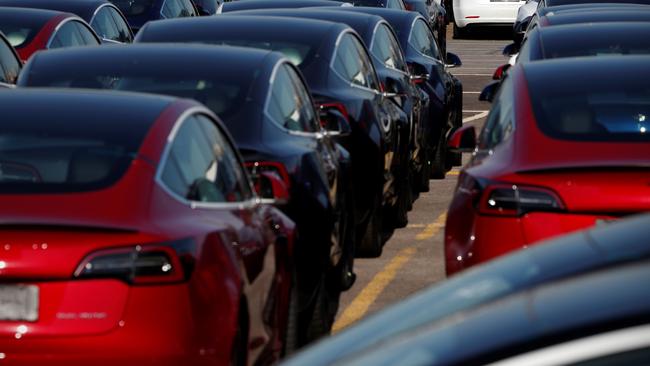Electric vehicle sales plummet, but long-term outlook looks good
Sales are poised to plunge by almost a fifth in 2020, but electric car backers want 12 million public charging points installed.

Sales of electric vehicles are poised to plunge by almost a fifth in 2020, but the future is forecast to be considerably brighter, as the days of new combustion engines appear to be numbered.
The Long-Term Electric Vehicle Outlook, published Wednesday by research company Bloomberg-NEF (BNEF), forecast that EVs sales will fall 18 per cent to 1.7 million globally, breaking a 10-year run of successive strong growth.
However, the longer term future looks better for EV manufacturers.
Estimated to make up 3 per cent of global car sales in 2020, electric models are predicted rising to 7 per cent in 2023, or around 5.4 million units.
However, by 2040, electric models are projected to make up 58 per cent of new passenger car sales, and almost a third of the whole car fleet.
This includes 67 per cent of all buses, plus almost half of two-wheelers.
The rapid growth of EVs will require significant investment, said Aleksandra O’Donovan, head of electrified transport for BNEF.

“We estimate that the world will need around 290 million charging points by 2040, including 12 million in public places, involving cumulative investment of $US500 billion,” Mr O’Donovan said.
The predicted growth spells trouble for sales of combustion engines, already forecast to decline by 23 per cent this year. BNEF’s analysis suggests that global sales of internal combustion engine cars peaked in 2017 and will continue their long-term decline after a temporary post-crisis recovery.
The decline will be accelerated by the increasing affordability price of EVs, as falling lithium-ion battery prices mean the lifetime and upfront costs of EVs become cheaper than ICE equivalents by around 2025.
The “cross over” may come even sooner than that, with Reuters reporting that Tesla is set to introduce a new low-cost, long-life battery in its Model 3 sedan in China by mid-2021, which experts believe will bring the price of EVs in line with gasoline models.
Falling ICE sales will have significant ramifications for oil and electricity markets.
By 2040, transport electrification will remove 17.6 million barrels of oil demand per day, rising from 1 million per day currently.
The transition will also add stress to global power networks, with EVs adding 5.2 per cent to electricity demand by 2040.
Even the future for new passenger vehicles appears shaky, as changing global demographics, increasing urbanisation and growing use of shared mobility begin to temper the effects of economic development. BNEG projected overall new passenger vehicle sales to peak in 2036.
In addition, the report predicted a significantly larger role for fully autonomous vehicles in the late 2030s. The growth will be aided by growing deployment of advanced driver assistance systems and the build-out of sensor supply chains.



To join the conversation, please log in. Don't have an account? Register
Join the conversation, you are commenting as Logout